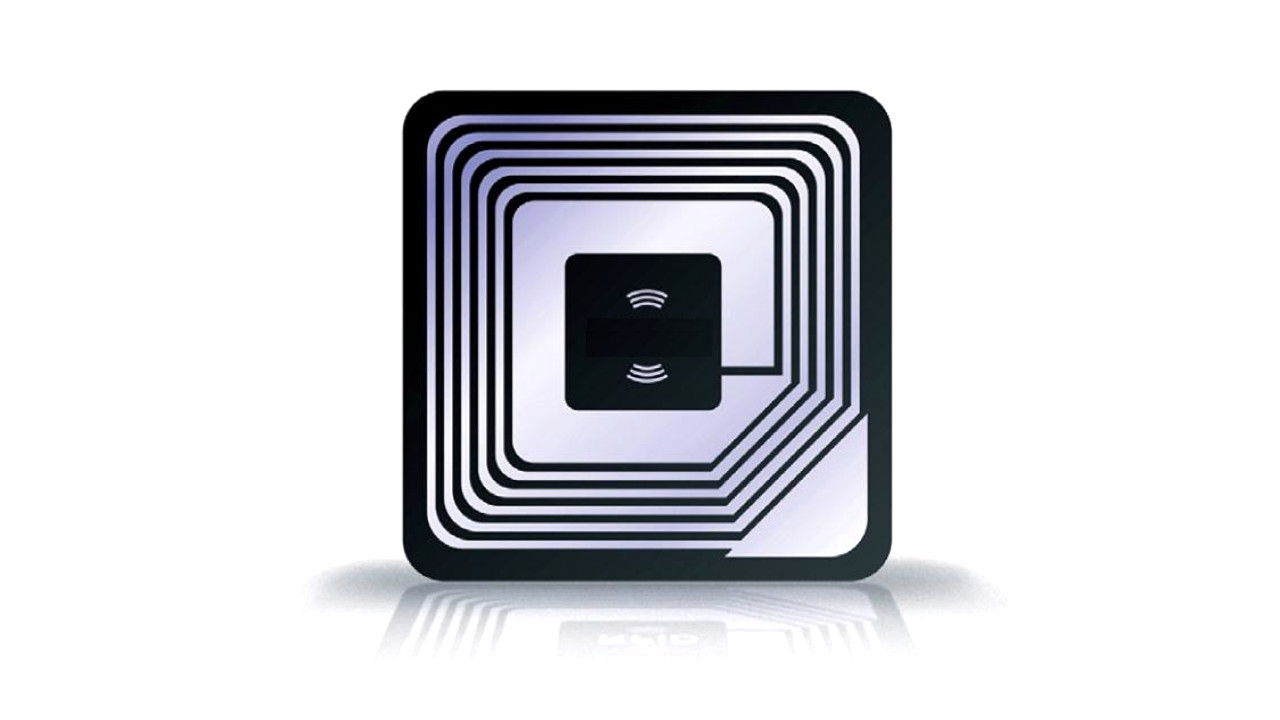The European Commission has announced a plan to harmonise the radio spectrum allocations for short-range devices in a pair of popular frequency bands, to help support Internet of Things (IoT) project development and deployment.
Adopted as what is known as an “Implementing Decision,” the European Commission’s plan will see additional spectrum made available to short-range IoT deployments operating in the 874-876 MHz and 915-921 MHz frequency bands. “The adopted Decision harmonises technical conditions for spectrum use by short-range devices,” the Commission explains. “It seeks to satisfy the spectrum needs of next-generation RFID devices and innovative ‘networked short-range devices,’ an alternative technological approach to connect IoT devices independently of mobile networks.
“In the context of the adopted Decision, simple examples could be low-cost sensors connected to a network access point to gather soil quality data or sensors and actuators installed in the light posts of a street and connected to a controller to provide smart street lightning. The range of possible applications is manifold and can get much more complex than this. Devices that are more sophisticated can operate in different bands or different portions of a band according to availability and thus can bridge differences in spectrum availability to a certain degree. However, this does not generally hold for short-range devices. Consequently, differences in spectrum access conditions may for instance increase their production costs and create risks of harmful interference with other radio applications and services due to unauthorised use.”
As well as IoT projects, the new spectrum harmonisation will also allow for radio frequency identification (RFID) deployment within the 900 MHz spectrum band allowing for improved reader speed, accuracy, reduced tag size, and better localisation of tagged items. The same decision also brings with it benefits for the railway and military sectors, the Commission has explained.
The full decision can be read on the European Commission website (PDF warning).
Image courtesy of Scott Lewis, CC-BY 2.0.
